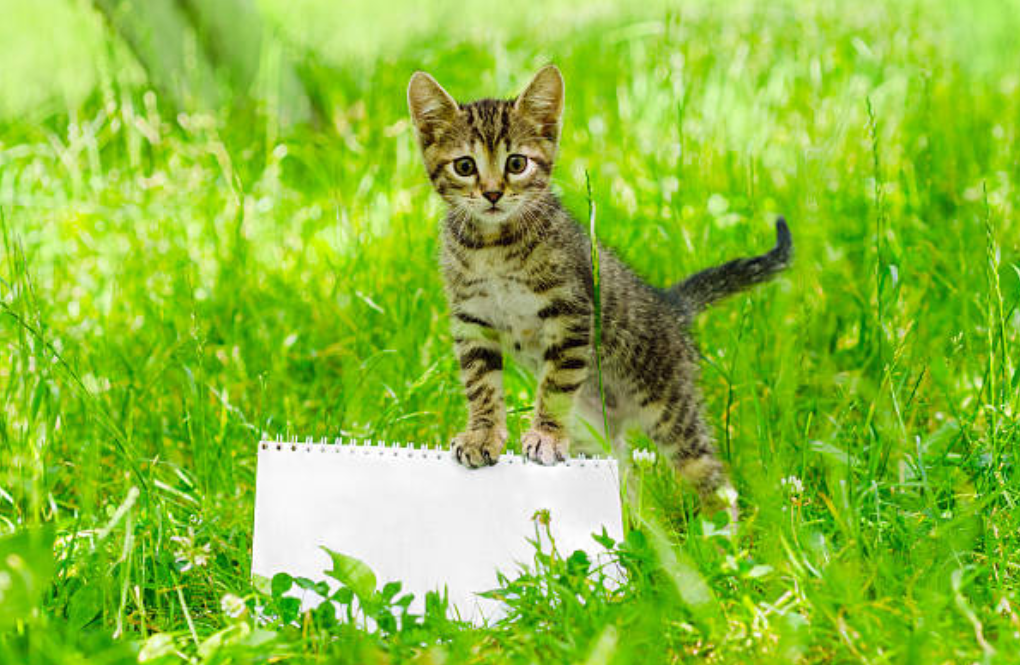Feeding your kitten the right food in the right amount is crucial for their growth and development. In this step-by-step guide, we’ll provide you with a complete kitten feeding chart by age, along with essential tips to ensure your little furball gets the nutrition they need. Whether you’re a first-time kitten owner or looking to refresh your knowledge, this guide will help you navigate the exciting journey of feeding your kitten.
Understanding Kitten Nutritional Needs
To provide the best care for your kitten, it’s important to understand their nutritional needs. Kittens require a balanced diet that includes essential nutrients for optimal growth. These nutrients include proteins, fats, carbohydrates, vitamins, and minerals. By providing a well-rounded diet, you can support their overall health and development.
10 Essential Tips for Feeding Your Vegan Cat: Best Comprehensive Guide
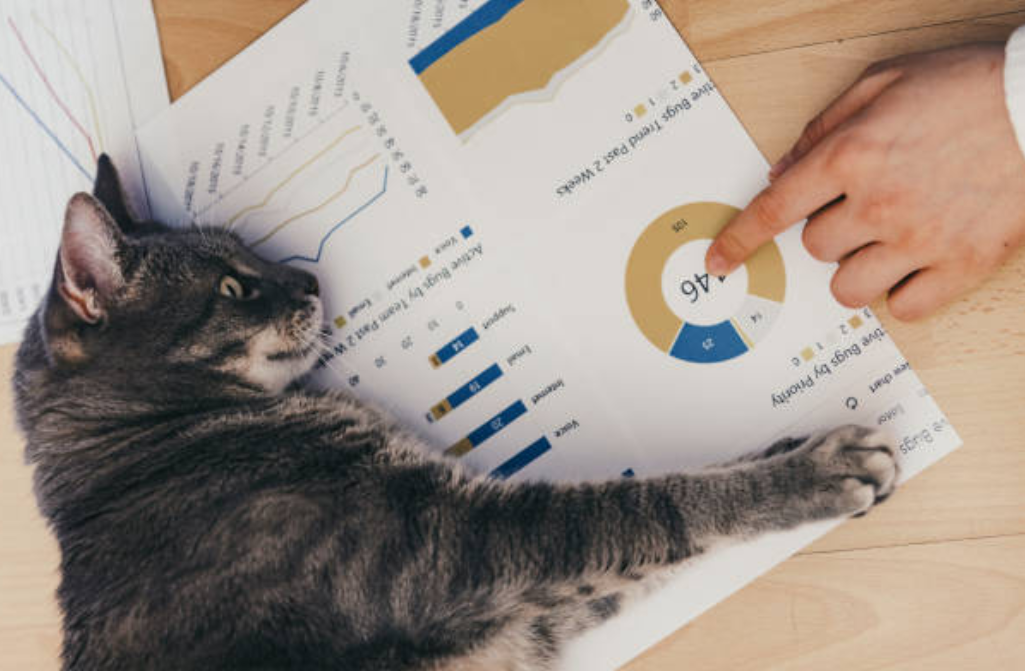
Factors Affecting Kitten Feeding Requirements
The feeding requirements for kittens can vary based on several factors. These include the kitten’s age, weight, activity level, and overall health. It’s important to consider these factors when determining the appropriate amount of food to give to your kitten. Remember, each kitten is unique, and their feeding requirements may differ slightly from others.
Importance of Age-Appropriate Feeding
As your kitten grows, their nutritional needs change. It’s crucial to provide age-appropriate feeding to support their development at each stage. Younger kittens require milk replacers or their mother’s milk, while older kittens can gradually transition to solid food. By following an age-appropriate feeding plan, you can ensure that your kitten receives the right nutrients at the right time.
The Importance of a Kitten Feeding Chart
A kitten feeding chart is an invaluable tool that simplifies the feeding process and helps you keep track of your kitten’s dietary needs. It provides a clear schedule for feeding times and recommended portion sizes. By using a feeding chart, you can establish a routine for your kitten and ensure they receive consistent and balanced meals.
5 Common Reasons Why Your Cat Throwing Up Food: Best Complete Guide
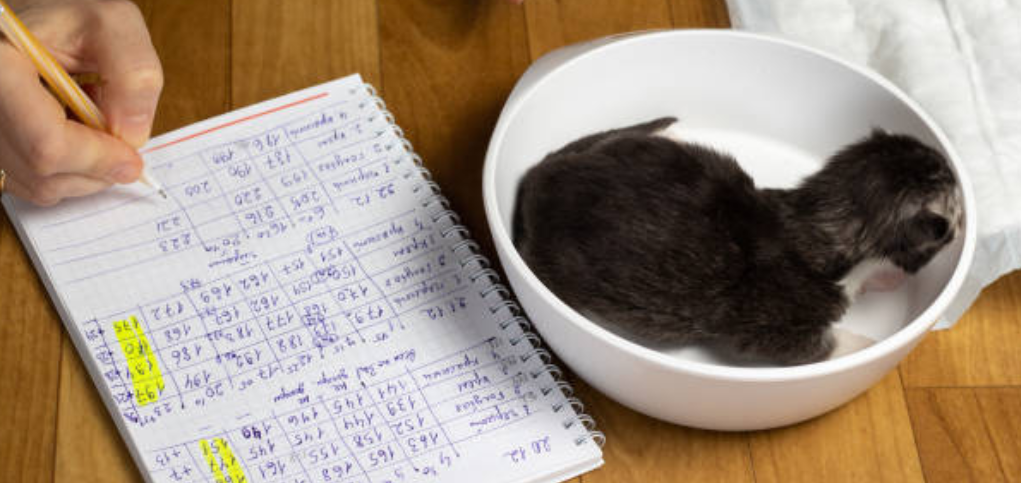
Example:
Meet Whiskers, a Playful Kitten: Let’s take a look at Whiskers, a playful kitten who recently joined our family. When Whiskers was just a few weeks old, we started following a kitten feeding chart to ensure he received the nutrition he needed. We began with milk replacers, feeding him every 2-3 hours. As he reached 4 weeks, we gradually introduced solid food, starting with small portions of high-quality kitten food mixed with water.
7 Fascinating Facts About Cats and Chocolate: Unveiling the Sweet Surprises
Kitten Feeding Chart by Age
- Newborn to 4 Weeks: Colostrum and Milk Replacer During this crucial period, kittens rely on their mother’s milk or a milk replacer. Feeding should occur every 2-3 hours, and the portion size should gradually increase as the kitten grows.
- 4 to 8 Weeks: Introducing Solid Food At this stage, you can introduce solid food. Start with a mixture of high-quality kitten food and water, gradually reducing the amount of water over time. Feed small portions four times a day.
- 8 to 12 Weeks: Growth and Development Stage As your kitten grows, their feeding schedule can be reduced to three meals a day. Offer a balanced diet of kitten food, ensuring it meets their nutritional needs for growth and development.
- 12 Weeks and Older: Transitioning to Adult Food Around 12 weeks of age, you can start transitioning your kitten to adult cat food. Mix a small amount of adult food with their kitten food, gradually increasing the proportion of adult food over a week or two.
Additional Feeding Tips for Kittens
10 Effective Strategies to Solve the Cat Pooping Outside Litter Box Dilemma
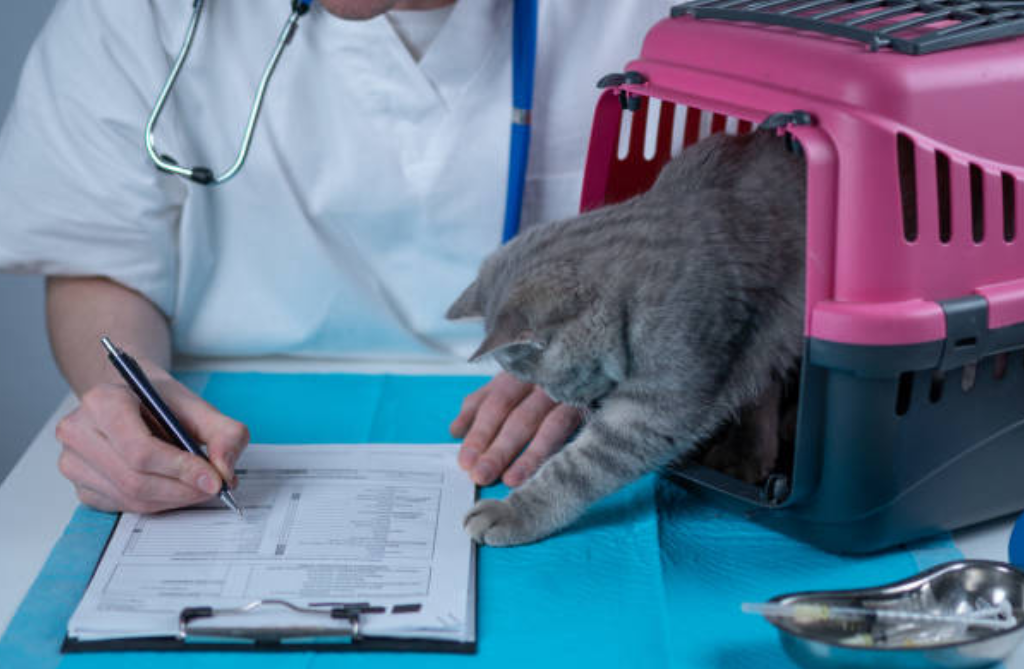
Ensuring Proper Hydration:
Always provide fresh water for your kitten, especially when transitioning to solid food. Hydration is crucial for their overall health and digestion.
Monitoring Weight and Body Condition:
Regularly check your kitten’s weight and body condition to ensure they’re growing at a healthy rate. If you notice any sudden weight loss or gain, consult your veterinarian.
Handling Feeding Challenges:
Some kittens may be finicky eaters or have specific dietary needs. If you encounter any feeding challenges, consult your veterinarian for guidance. They can provide personalized advice to ensure your kitten receives proper nutrition.
10 Essential Tips for Caring for Your Cat Rag Doll: The Ultimate Guide
Frequently Asked Questions about Kitten Feeding
How often should I feed my kitten?
A: Kittens require frequent meals due to their small stomachs and high energy levels. From birth to 4 weeks, feed them every 2-3 hours. At 4-8 weeks, offer small portions four times a day. From 8-12 weeks, reduce it to three meals a day. Once they reach 12 weeks and older, two meals a day are generally sufficient.
What if my kitten refuses to eat?
A: If your kitten refuses to eat, it may be due to various reasons such as stress, illness, or food preferences. Ensure a quiet, comfortable feeding area and offer a variety of high-quality kitten foods. If the problem persists, consult your veterinarian to rule out any underlying health issues.
Can I give my kitten treats?
A: Yes, you can give your kitten treats occasionally, but moderation is key. Choose kitten-specific treats and avoid those designed for adult cats. Treats should only make up a small portion of their overall diet to ensure they receive proper nutrition from their regular meals.
Remember, every kitten is unique, so it’s important to monitor their individual needs and consult your veterinarian for personalized advice. Kitten feeding chart by age, most relevant content around the net www.thesprucepets.com, be.chewy.com, www.dailypaws.com
Conclusion Of Kitten Feeding Chart By Age
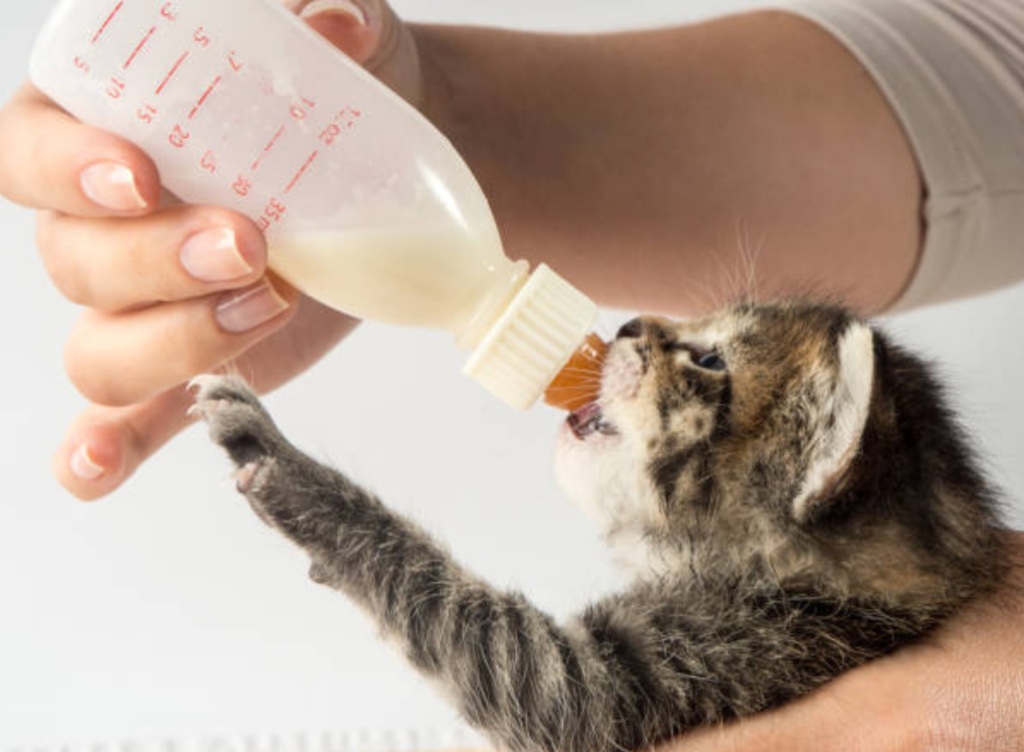
Feeding your kitten according to their age and nutritional needs is essential for their growth and well-being. By following the step-by-step kitten feeding chart provided in this guide, along with the essential tips we’ve shared, you can give your adorable little friend the best start in life. Remember to consult with your veterinarian for specific dietary recommendations tailored to your kitten’s unique needs.
We value your input and would love to hear from you! We believe in creating a community where we can learn from each other’s experiences and insights. If you have any questions, additional tips, or personal stories related to kitten feeding, we encourage you to share them in the comments section below. Your comments not only contribute to the discussion but also help other readers who may be facing similar situations. So, please take a moment to leave a comment, and let’s engage in a meaningful conversation together. We look forward to hearing from you!
